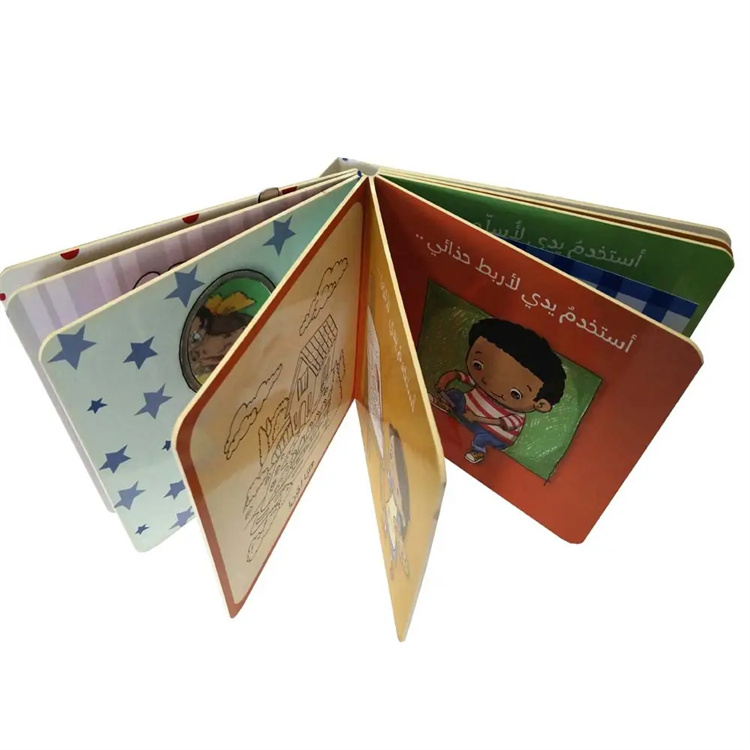Board book printing can be a complex process but is essential when creating a durable, high-quality book for young children. Whether you are creating a board book for personal use or commercial purposes. There are several factors to consider to ensure that your final product is of the best possible quality.
This article will cover the most important aspects of board book printing, including the printer, paper stock, board book size, binding, and surface finishing.

1. Board book printer
First and foremost, it is important to choose the right printer. Not all printers will be able to produce high-quality board books. So it's important to do your research and find a printer that has experience producing this type of book. Ideally, you should look for a printer that specializes in board book printing. As they will have the expertise and equipment needed to produce a high-quality product.
2. Board book artwork
Once you have chosen a printer, the next step is to prepare the artwork. Board books often have simple, bright illustrations that are easy for young children to understand. The artwork should be eye-catching and engaging, with bright colors and simple shapes. In addition, the artwork should be high-resolution (at least 300DPI) to ensure that it looks clear and crisp on the thick pages of a board book.
3. Board book’s page count
Page count is an important consideration when creating a board book. The number of pages depends on the amount of content that you have and the age range of the children for whom the book is intended. For younger children, fewer pages with larger illustrations may be more appropriate, whereas more pages with smaller illustrations may be better suited for older children. Usually, board book page counts are between 8-40 pages.
4. Paper stock of board book
The paper stock used for board book printing is thicker and more durable than standard book paper. Board books require thicker cardboard-like pages to withstand the wear and tear of heavy use. It is important to choose high-quality paper stock. To make sure it can withstand the rigors of everyday use, including spills and frequent handling. The thicker cardboard often choose 250-350 gsm C1S(coated one side paper) or 2mm gray board. Board book paper should also be laminated for added protection, ensuring that the book lasts longer even with heavy use.
5. Board book size and shape
Also, it's important to consider the size and shape of your board book. Board books come in a variety of sizes and shapes, and the right choice will depend on the type of book you are creating and the audience you are targeting. For instance, a book for very young children may be smaller and feature rounded corners, while a book for older children may be larger and feature more complex shapes.
Board books come in a wide range of sizes, but most publishers prefer to use standard sizes due to their efficiency and cost-effectiveness. The most commonly used sizes are 5"x 5", 5" x 7", and 7" x 7". It is important to choose the right size for your project, as this will influence the layout of the book and how the artwork is displayed.
6. Board book binding
Another important factor to consider when printing a board book is the binding. Board books are typically bound using a special type of binding that allows the thick pages to be attached securely to the cover. This binding is known as a "board book binding" or a "case binding," and it is designed to withstand repeated use by young children. It's important to work with your printer to ensure that the binding is strong and durable. As this will help ensure that your board book lasts for a long time.
7. Surface finishing
After printing and binding, board books can be enhanced with surface finishing options. Such as gloss or matte lamination, spot UV, foil stamping, and embossing. These effects add a unique and professional look to the final product, making it stand out amongst competitors. But, it is important to choose the appropriate finishing option that fits the project's overall design and book theme.
In conclusion, printing a board book requires a bit of extra thought and planning to ensure that you produce a high-quality, durable product. With the right printer, artwork, paper stock, board book size, binding, and surface finishing. By choosing the right materials and techniques, you can create a high-quality board book that can withstand heavy use and last for years to come.

